The debut of the manga sequel Chainsaw Man Part 2 has sparked divisive reactions among fans regarding artist Tatsuki Fujimoto’s dramatic change in art style. Since its launch in 2018, Chainsaw Man has built up a dedicated fanbase drawn to its eccentric and violent story.
Its upcoming anime adaptation is also fueling its popularity. Given the devotion manga fandoms have to creators, any stylistic departures can be highly polarizing.
Fujimoto’s highly stylized and detailed new look for the characters and environments noticeably differs from Part 1’s cruder aesthetics.
While some fans on social media applaud this artistic growth displaying greater technical skills, others harshly critique the loss of edge and messy punk rawness they loved, seeing it as betraying the series’ identity.
Fujimoto what happened to your artstyle…..
— Rukasu (@RukasuMHA) January 9, 2024
Nonetheless, the abundant chatter confirms people’s investment in Fujimoto’s creative decisions, for better or worse. With a gripping narrative still intact, the shift in visual presentation continues sparking intense discussion.
Artistic Evolution or Decline? Chainsaw Man’s Chapter 152 Sparks Intense Debate Over Visual Style
The latest installment of the popular manga series Chainsaw Man has elicited divisive critiques centered around creator Tatsuki Fujimoto’s artistic style and aesthetic choices.
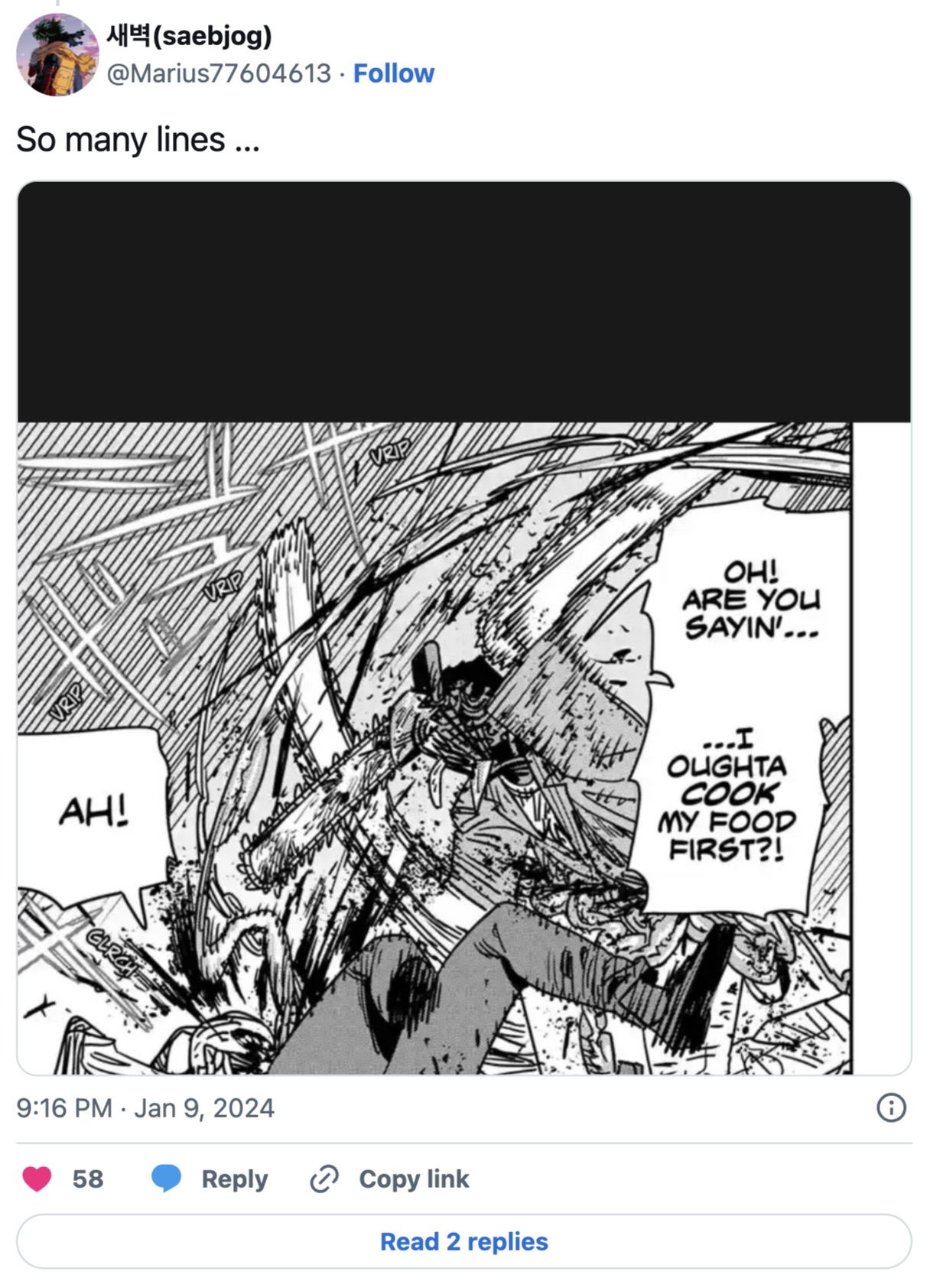
Chapter 152’s release introduced conspicuously rawer visuals showing heavier linework, rougher textures, and busier panel compositions compared to earlier parts.
Longtime fans immediately picked up on the drastic difference, sparking heated discourse on social media. User @RukasuMHA kicked off a viral thread questioning if Fujimoto was intentionally using a more unrefined style or if it was simply lower-quality work.

Indeed, while the manga’s Part 2 had organically shifted visually, Chapter 152 took it further with its gritty, chaotic look that some claimed was distractingly cluttered.
However, supporters pushed back against accusations of laziness or declining talent. They saw the intensified grit as an intentional creative risk staying true to the volatile essence of Chainsaw Man.

Still, the intense reactions confirm the artwork’s importance in manga storytelling and Fujimoto’s polarizing break from reader expectations. For good or ill, his unfiltered vision continues stirring discussion.
Weekly Serialization Strain or Experimental Evolution?
The polarizing reaction to the recent artistic shift in the popular manga Chainsaw Man has prompted speculation about the creative factors driving this change.
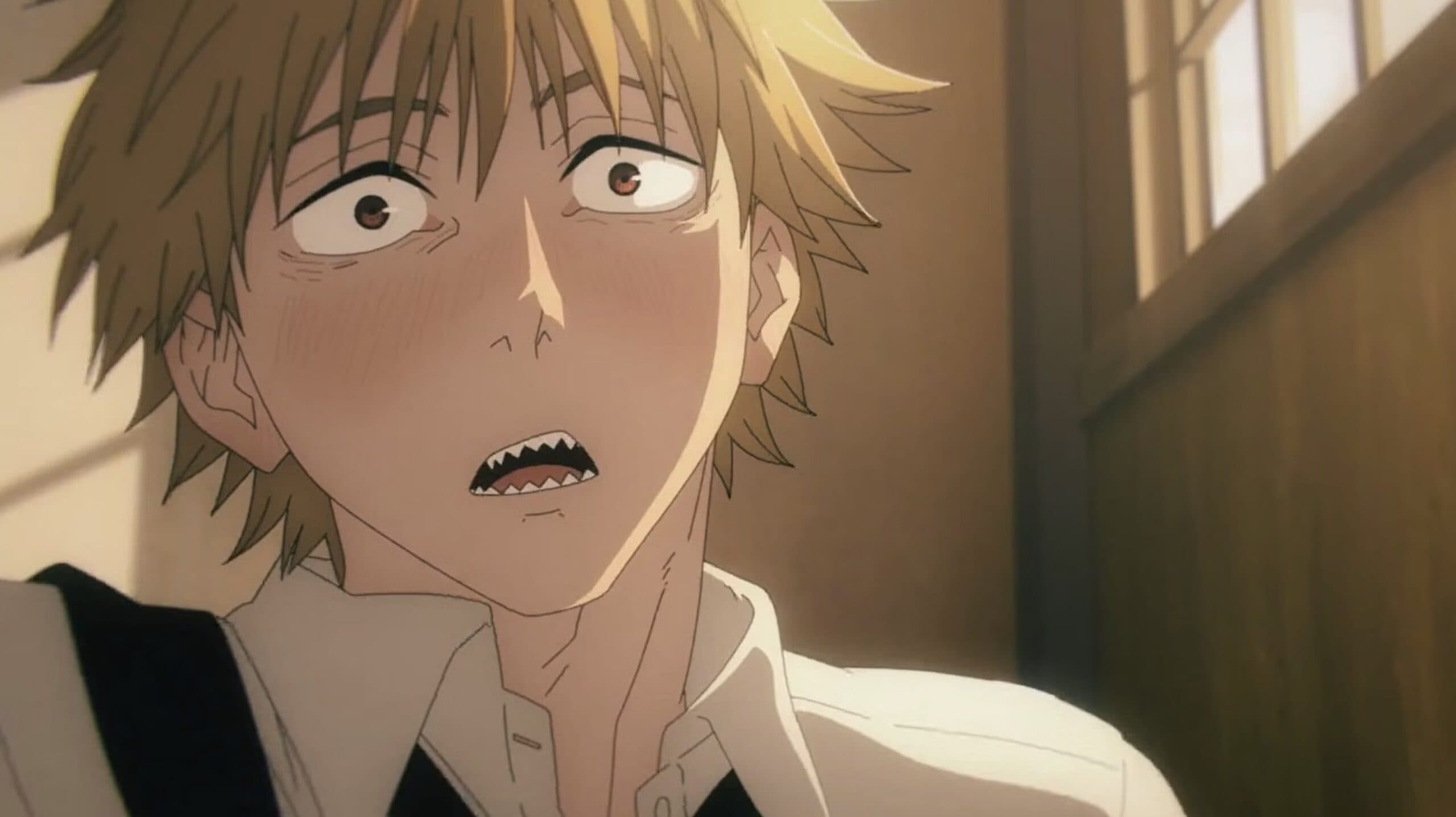
Some fans rationalize that the series’ demanding weekly serialization schedule may be negatively impacting creator Tatsuki Fujimoto’s process and artistry compared to his previous biweekly pace.
The rough, chaotic aesthetics of Chapter 152 have alienated readers who prefer the cleaner visuals of early issues. However, it remains unclear if this intensified gritty style will define upcoming chapters or was just an experimental anomaly.
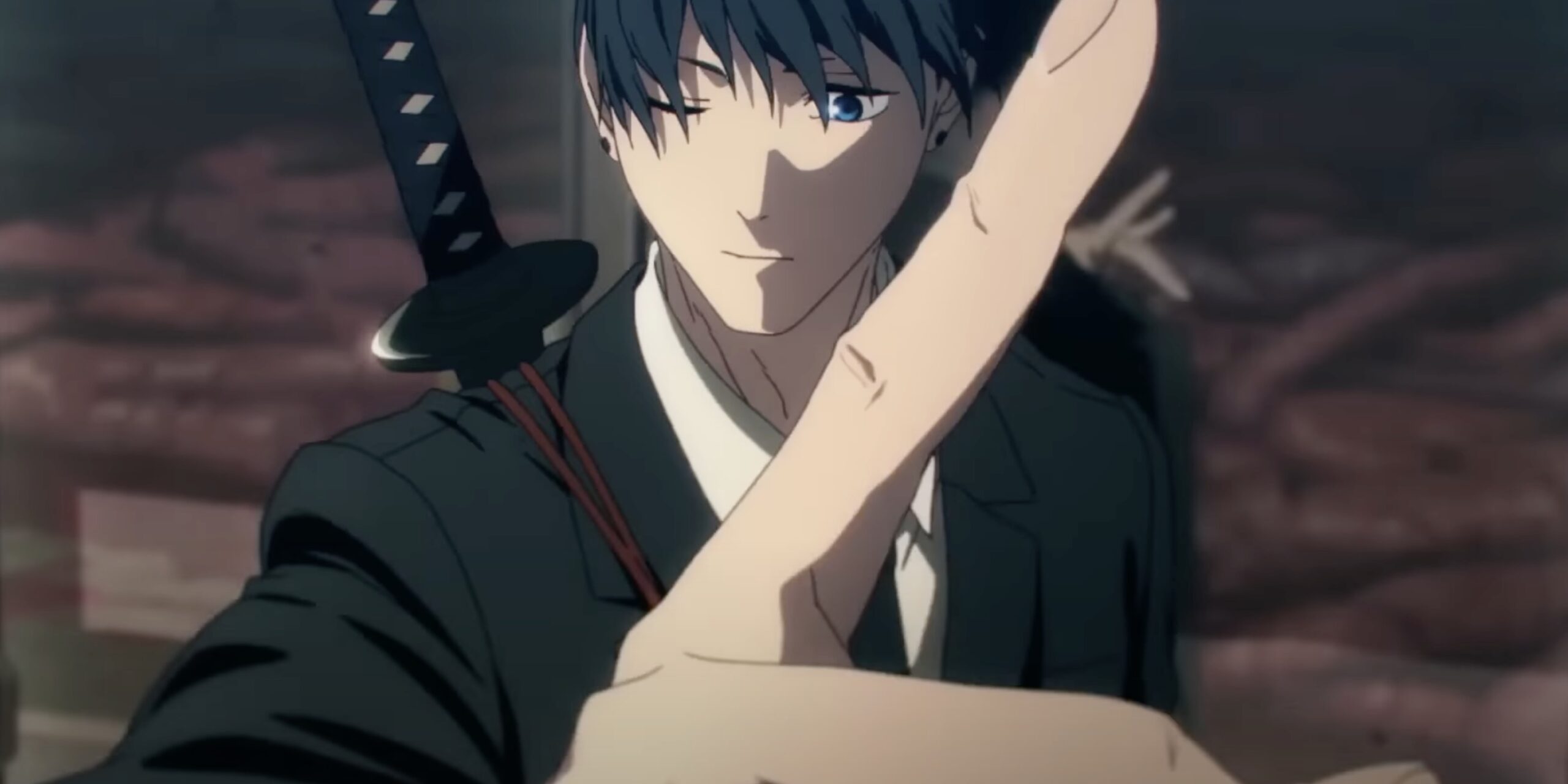
Nonetheless, the new look starkly differentiates the manga visually from the anime adaptation, which features sleek, stylized animation.
While the art has divided fans, Fujimoto’s engrossing latest narrative arc has avoided story criticism, with many considering it among Chainsaw Man’s best writing yet.
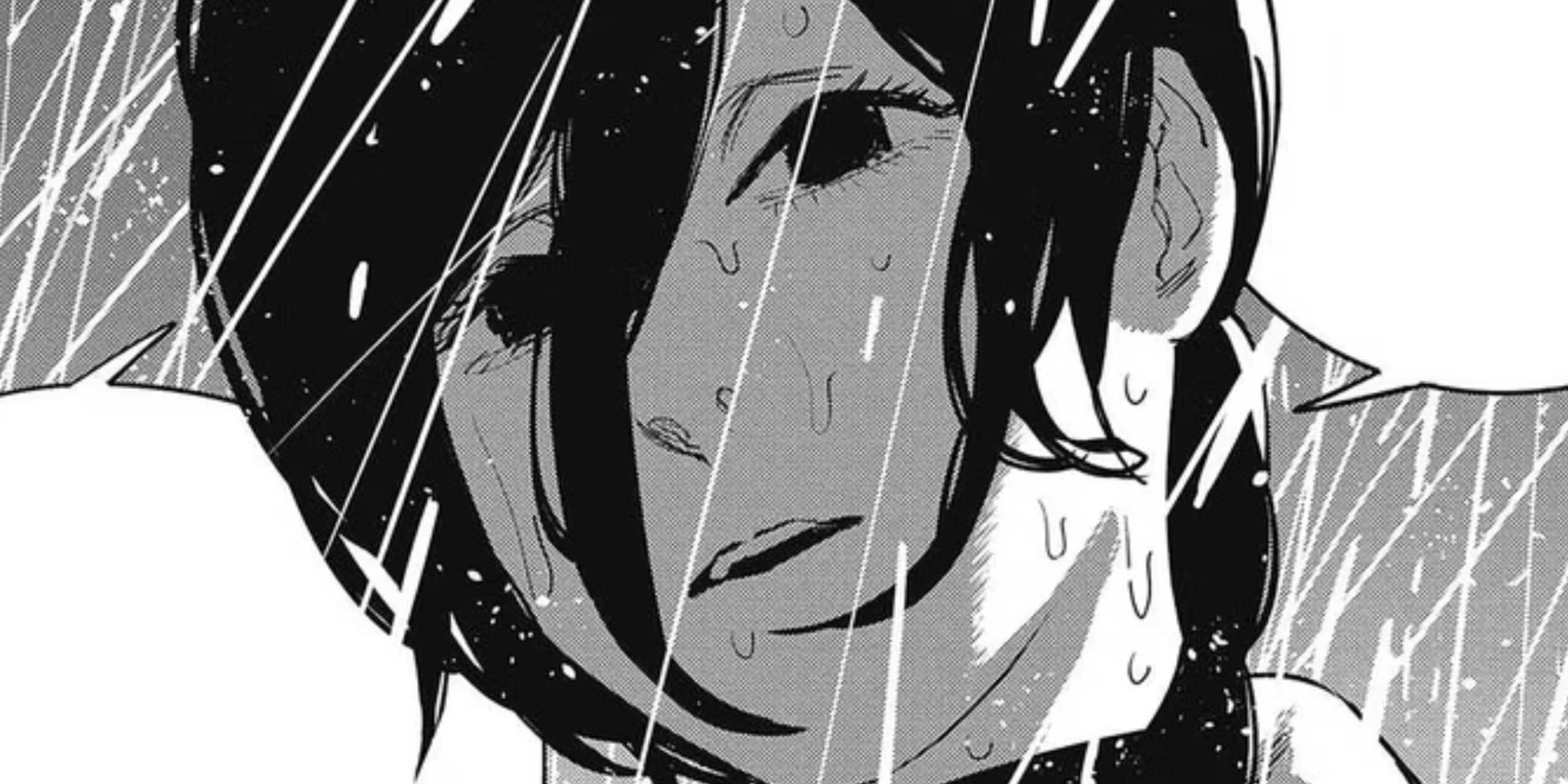
Still, the intense discourse confirms many hope the series returns to its former visual polish, believing the hurried manga schedule has forced Fujimoto to compromise his artistic abilities to meet relentless deadlines. For now, fans await each new release to see if the controversial new direction persists.
A Dual Saga of Devils and Desires Across Weekly Shōnen Jump and Shōnen Jump
The manga Chainsaw Man has enjoyed two key serialization runs since its debut in 2018 within the weekly anthology manga magazine Weekly Shōnen Jump.
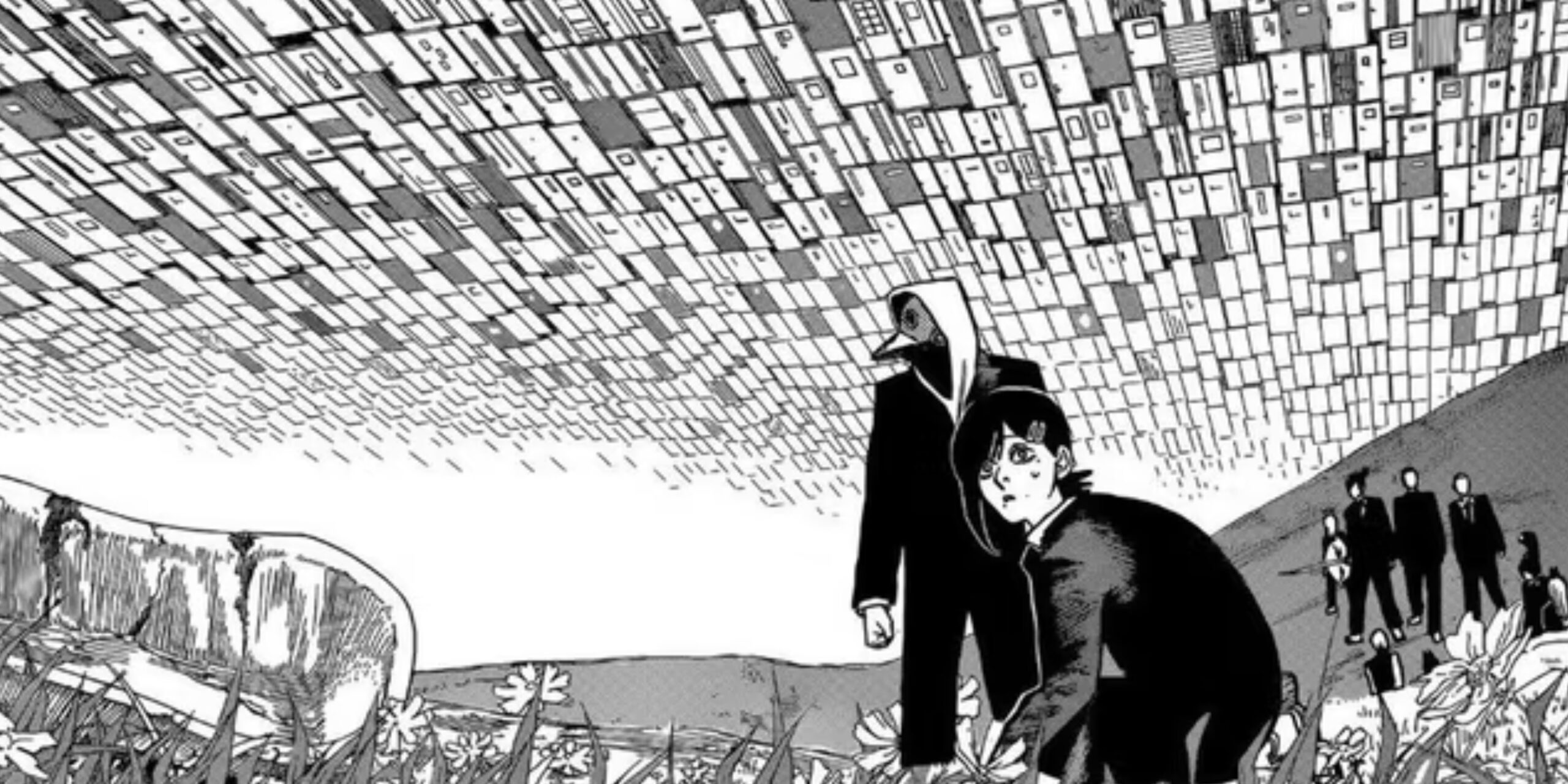
This immensely popular series created by Tatsuki Fujimoto initially focused on the volatile misadventures of Denji, an impoverished teenage boy who merges with his pet chainsaw devil Pochita to become a human-devil hybrid bounty hunter.
These debut chapters are composed of Part 1, following Denji as he carries out jobs hunting devils while working for the government’s Public Safety Division.
After a year-long hiatus, Chainsaw Man returned in 2022 to the digital platform Shōnen Jump+ to launch Part 2 with an entirely new protagonist, high schooler Asa Mitaka.
She unwillingly serves the sinister War Devil on his personal vendetta to locate and confront Denji. So far across nearly 160 chapters and 16 compiled volumes, the series has captivated fans globally with its intense violence, perverse humor, emotionally rich characters, and unpredictable, genre-blending narrative.
As Part 2 continues Fujimoto’s signature eccentric storytelling online, Part 1 prepares to receive an anime adaptation fueling further interest.
The widely popular manga series Chainsaw Man can be read digitally in its original Japanese through the official platform Manga Plus.
For English translations, American publisher Viz Media has licensed the rights for print and online distribution.

As Tatsuki Fujimoto’s vividly unique and shocking manga continues serialization, anticipation also builds for animation studio MAPPA’s anime adaptation, which will stream globally on major services Crunchyroll, Hulu and Amazon Prime Video.




